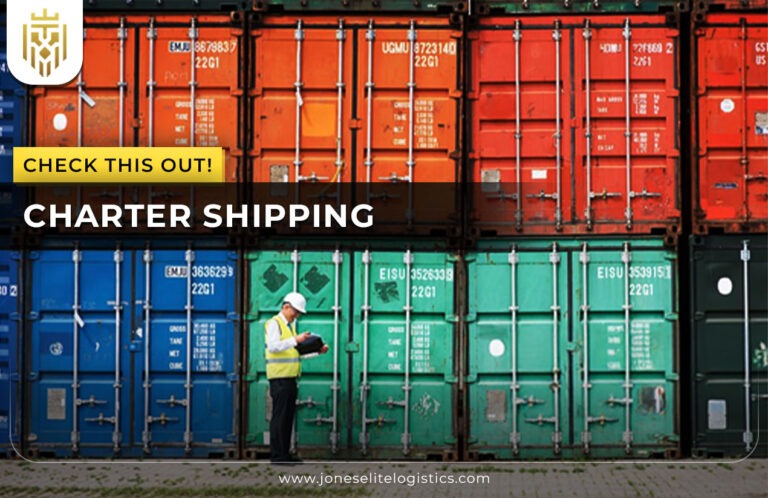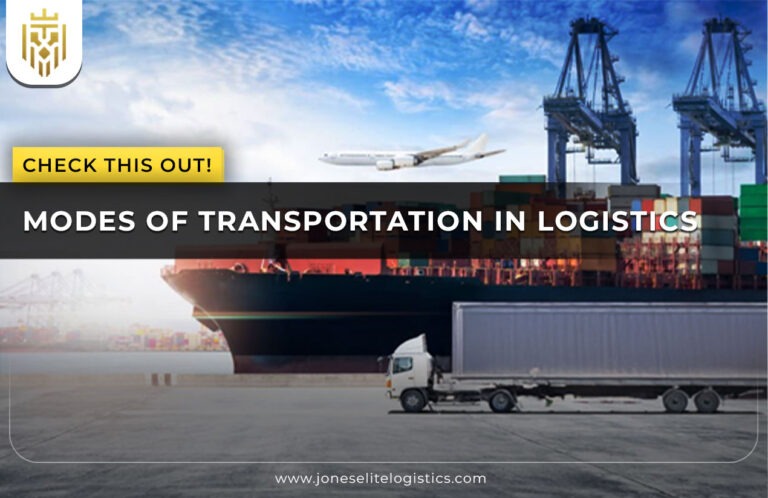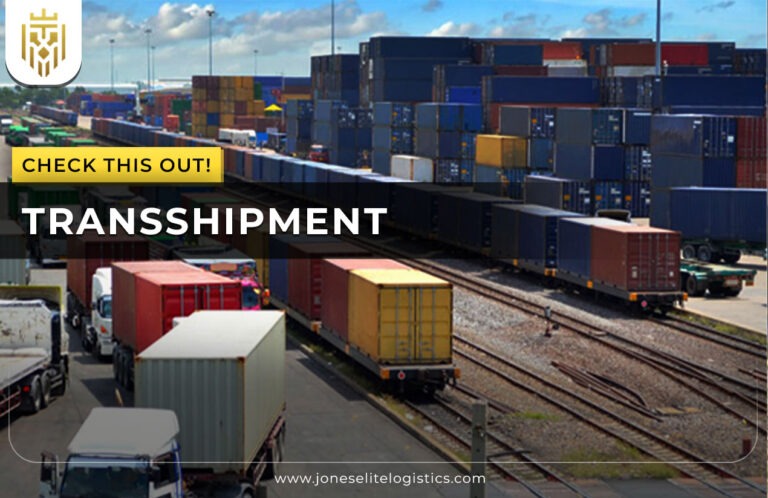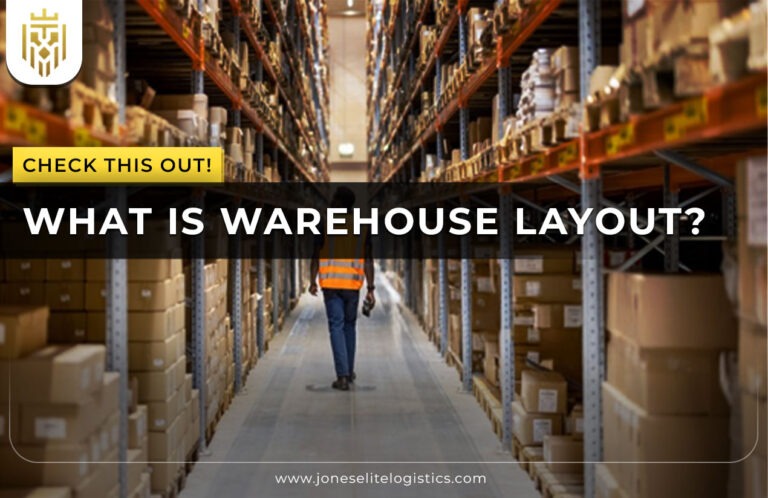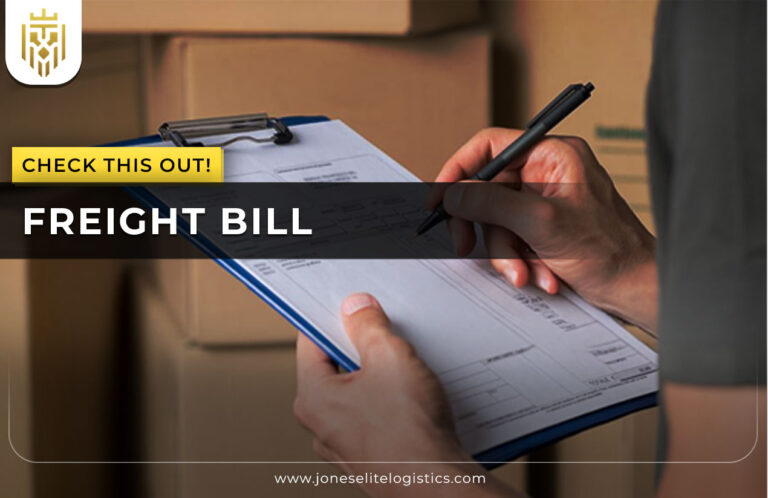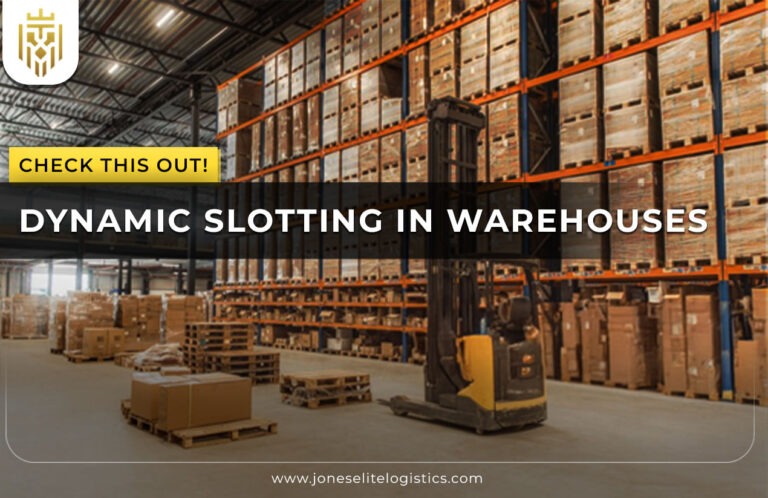What Are the Modes of Transportation in Logistics?
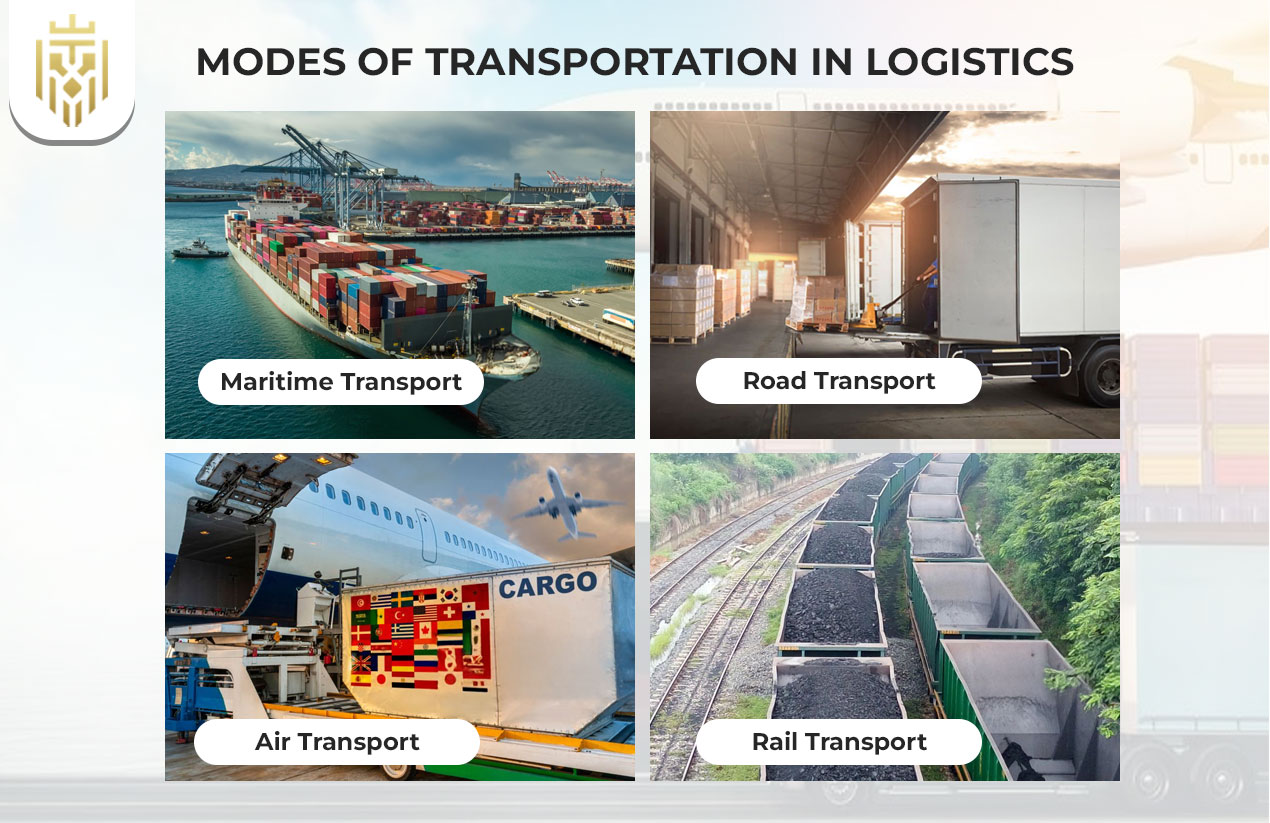
Logistics transportation is anchored on modes of transport such as road transport, rail transport, maritime transport, and air transport. All these options have their own benefits and disadvantages, which affect cost, delivery time, sustainability, and efficiency of domestic operations and international trade shipping in global supply chains.
Maritime Transport
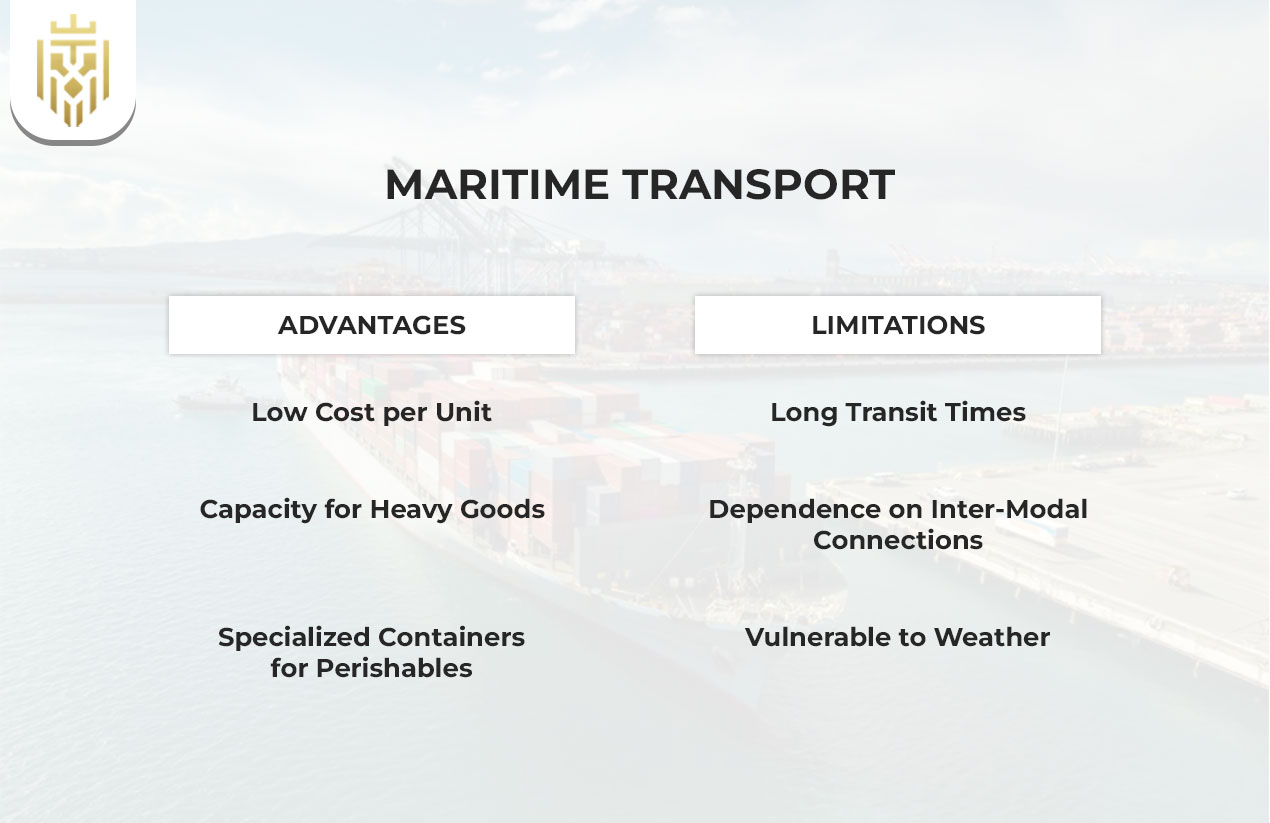
The maritime trade is characterized by maritime transport, with large volumes of goods being shipped by international transport lines. Bulk cargo shipping requires it, and it provides space to ship heavy goods and perishables. It has also been used in large-scale supply chain transportation and international trade shipping worldwide, despite its slower speed, because of its low cost.
Advantages
The benefits of maritime transport revolve around the concept of scalability, efficiency, and cost-effectiveness. Businesses can be confident in shipping large amounts of goods using international shipping lines. It favours bulk cargo delivery, perishables, and heavy goods at competitive prices and long-lasting sustainability in contrast to air transport or higher-cost road freight forwarding services.
Low Cost per Unit
The fact that maritime transport is cheap per unit is one of its greatest assets. Shipment of bulk cargo will substantially lower the cost of transportation, particularly in global shipping of cargo by sea, and therefore is essential to businesses involved in shipping of cargo as part of transportation systems in international supply chains.
Capacity for Heavy Goods
There is no better carrying capacity in water transportation than ships. Having the capacity to carry oversize or heavy cargo, vessels are better than air transportation or road-based freight forwarding. This capability helps supply chain transportation relying on international shipping lines to deliver heavy commodities and global market operations.
Specialized Containers for Perishables
Marine transportation uses refrigerated containers that are designed to transport perishables. These units store food and medicine when there is an international shipping line. This solution enhances supply chain transportation and provides cost-effective alternatives to air transportation, which can support the global need to deliver safe and reliable transportation of perishable goods.
Limitations
Maritime transport is characterized by delays and dependencies despite being efficient. Its low speed relative to air transport poses challenges to businesses that need to deliver products in a short time. This puts it at risk, as it depends on rail freight forwarding and road freight forwarding to complete intermodal transfers, which affects shipping in international trade and the overall effectiveness of transportation in the supply chain.
Long Transit Times
The largest disadvantage of maritime transport is transit time. As compared to air transport, sea routes require weeks to reach. In the case of international trade companies with shipping, this constraint affects the responsiveness of supply, and the swiftly moving sectors start reevaluating maritime options as part of the global maritime trade strategy planning.
Dependence on Inter-Modal Connections
Maritime transport relies on convenient connections to road freight forwarding and rail freight forwarding. The absence of sound intermodal infrastructure leads to expensive delays in supply chain transportation. These reliances limit the flexibility of international shipping lines, and logistics become complicated when businesses participate in international trade shipping across the globe.
Vulnerable to Weather
Maritime transport is often affected by weather disruptions that lead to delays in maritime commerce around the world. International shipping lines are disrupted by cyclones, storms, and rough seas. Ships are more prone to attack than rail transport or road freight forwarding, posing risks to businesses that need reliable supply chain transportation options.
Road Transport
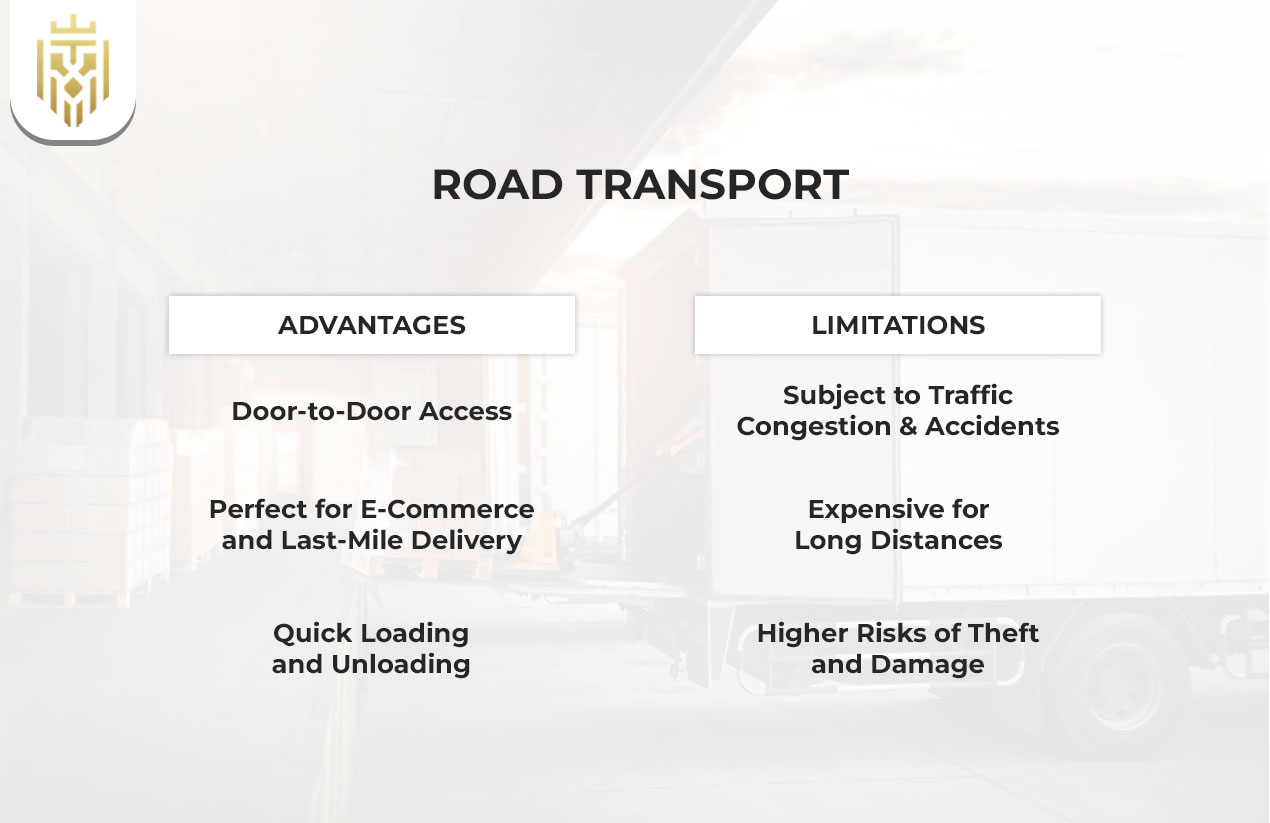
The most flexible of all means of transport in logistics is road transport, which supports long-route trucking and the last mile. Businesses rely on it to deliver goods on time in the domestic markets, and road freight forwarding enhances the reliability of cross-regional supply chain transportation over diverse terrains.
Advantages
The benefits of road transport are accessibility, flexibility, and adaptability. It also provides door-to-door services, thus removing undue handling. Road freight forwarding is perfect for all long-haul trucking routes or local delivery operations; the service is essential in e-commerce, retail supply chains, and small-scale logistics requirements.
Door-to-Door Access
One major benefit of road transport is that it has door-to-door access. Trucks do not operate like rail transport or maritime transport, which deliver at designated destinations. Freight forwarding by road reduces the cost of handling and facilitates the supply chain transportation process, which is convenient for businesses and customers who require fast delivery.
Perfect for E-Commerce and Last-Mile Delivery
E-commerce heavily depends on road transport that provides flexible last-mile delivery. Logistics networks are responsive to sudden increases in demands through road freight forwarding. This business unit in supply chain transportation supports the air transport in express delivery, generating integrated experiences for customers in the new virtual marketplaces.
Quick Loading and Unloading
Road transportation makes loading and offloading fast as compared to operations using complex international shipping lines. It facilitates long-haul trucking regionally. Freight forwarding of road transportation enhances turnaround time in supply chain transport, particularly in supply chains that require rapid rotation, including FMCG and retail.
Limitations
Regardless of its benefits, road transport is disadvantaged by traffic, increased fuel prices, and theft. It is costlier than rail transport when the trucking routes are long. International trade shipping companies are looking for alternatives to enhance efficiency in extended supply chain transportation.
Subject to Traffic Congestion & Accidents
Road transportation has a weakness in congestion and road accidents. These are the challenges that have impacts on road freight forwarding in supply chain transportation; delivery times are unpredictable. This mode is still more susceptible to disruptions and increased operating risks compared to rail transport or maritime transport.
Expensive for Long Distances
Road transport is also more expensive over long distances on long-haul trucking routes. Increasing fuel, toll, and labour costs render road freight forwarding uncompetitive with rail transport. International trade shipping firms would feel comfortable using sustainable solutions to efficient supply chain transportation processes.
Higher Risks of Theft and Damage.
Goods transported by road are at a higher risk of theft and damage. Unlike air transport or secured rail freight forwarding, road freight forwarding is susceptible to cargo pilferage. These dangers make transportation in the supply chain difficult, and therefore proper planning is required in high-value international trade shipping consignments.
Air Transport
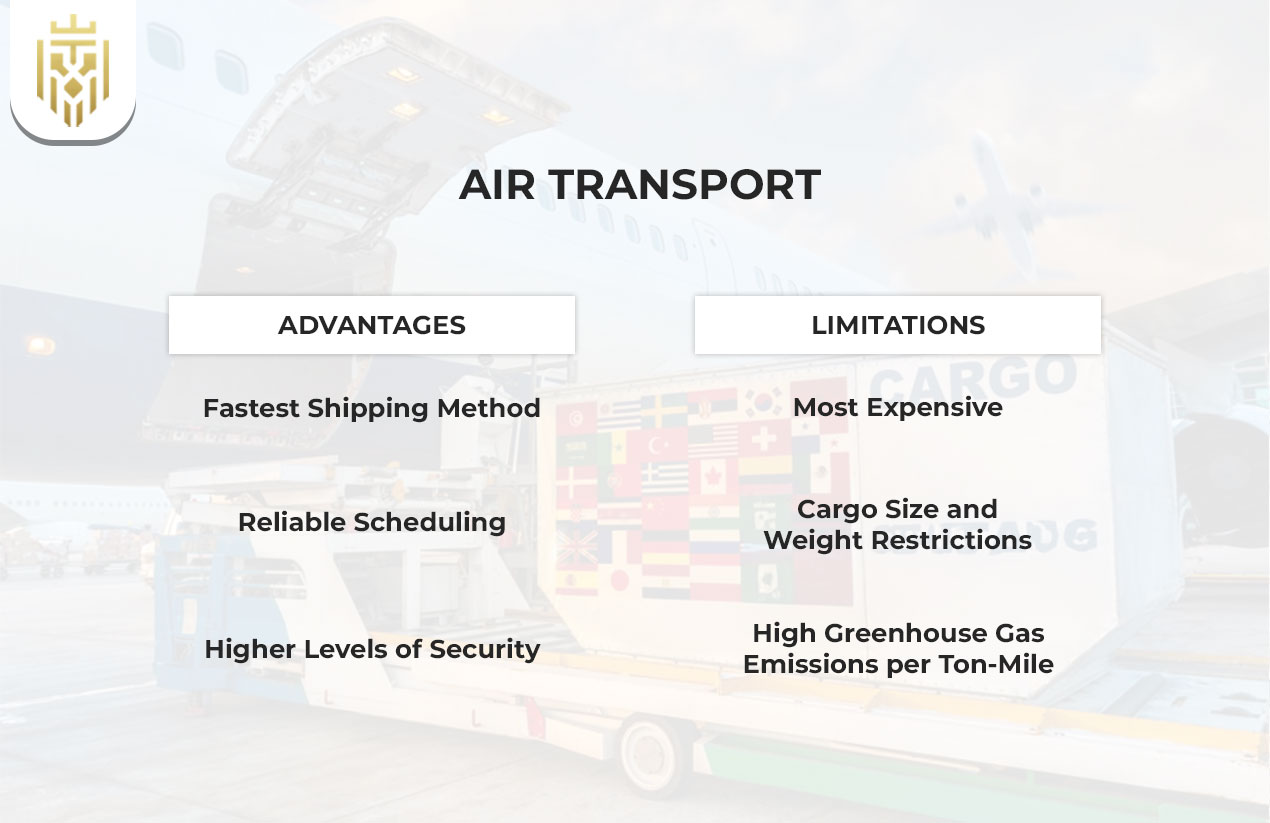
Air transport is the speediest among all the logistics modes of transportation that provide swift links across the globe. Industries, which need speed, reliability and security, require it. It is expensive, but it enables high-value international trade shipping and enhances modern supply chain transportation efficiency on the global scale.
Advantages
The benefits of air transport are speed, punctuality and increased safety of cargo. In contrast to maritime transport or road transport, it serves industries that require a rapid delivery. In the case of perishables, luxury or emergencies, it is essential in the process of contemporary supply chain transportation and international trade shipping solutions.
Fastest Shipping Method
Air transport is the quickest mode of transporting cargo, which cannot be matched with road transport or rail transport. This efficiency relies on businesses in e-commerce and pharmaceuticals. It helps in addressing urgent supply requirements in the international trade shipping industry, and thus, it is a pillar of dependable supply chain transportation in global trade.
Reliable Scheduling
One of the major benefits of air transport is that they are very predictable. It does not need any delays caused by long journeys, as maritime transport does. Airlines operate to rigid schedules, and they facilitate the international trade by air through businesses that require timely deliveries in international trade shipping and timely supply chain deliveries in global logistics networks.
Higher Levels of Security
Air transport is a safer mode of transport than road transport or maritime transport. Airports are very strict and reduce theft or loss. International trade shipping gives businesses advantages in transporting high-value goods, as high protection is essential to the success of supply chain transportation operations and customer confidence.
Limitations
The disadvantages of air transport are its cost, environmental influence and cargo limitations. It is more sustainable than maritime transportation, though. International trade shipping businesses balance these disadvantages with speed and strike a balance between efficiency and responsibility in their supply chain transportation policies.
Most Expensive
Air transport is the costliest of shipping techniques. The cost of fuel and the extra charge affect the cost as opposed to rail freight forwarding or road freight forwarding. Organisations that employ international trade shipping need to consider such costs before adopting air cargo as part of their supply chain transportation strategies.
Cargo Size and Weight Restrictions
Air transport does not have the limit of weight and size of cargo as maritime transport. This makes shipping heavy goods a dangerous task in international trade. Companies with larger movement needs are better placed in rail transportation or shipping lines; this leaves air to transport light and precious loads in the contemporary supply chain transport systems around the world.
High Greenhouse Gas Emissions per Ton-Mile
One of the greatest disadvantages of air transport is that it has high emissions per tonne-mile. It causes more pollution as compared to environmentally friendly transport systems such as rail transport. Companies that maintain a balance between sustainability and supply chain transportation efficiency tend to reduce air utilisation in favour of greener international trade shipping targets.
Rail Transport
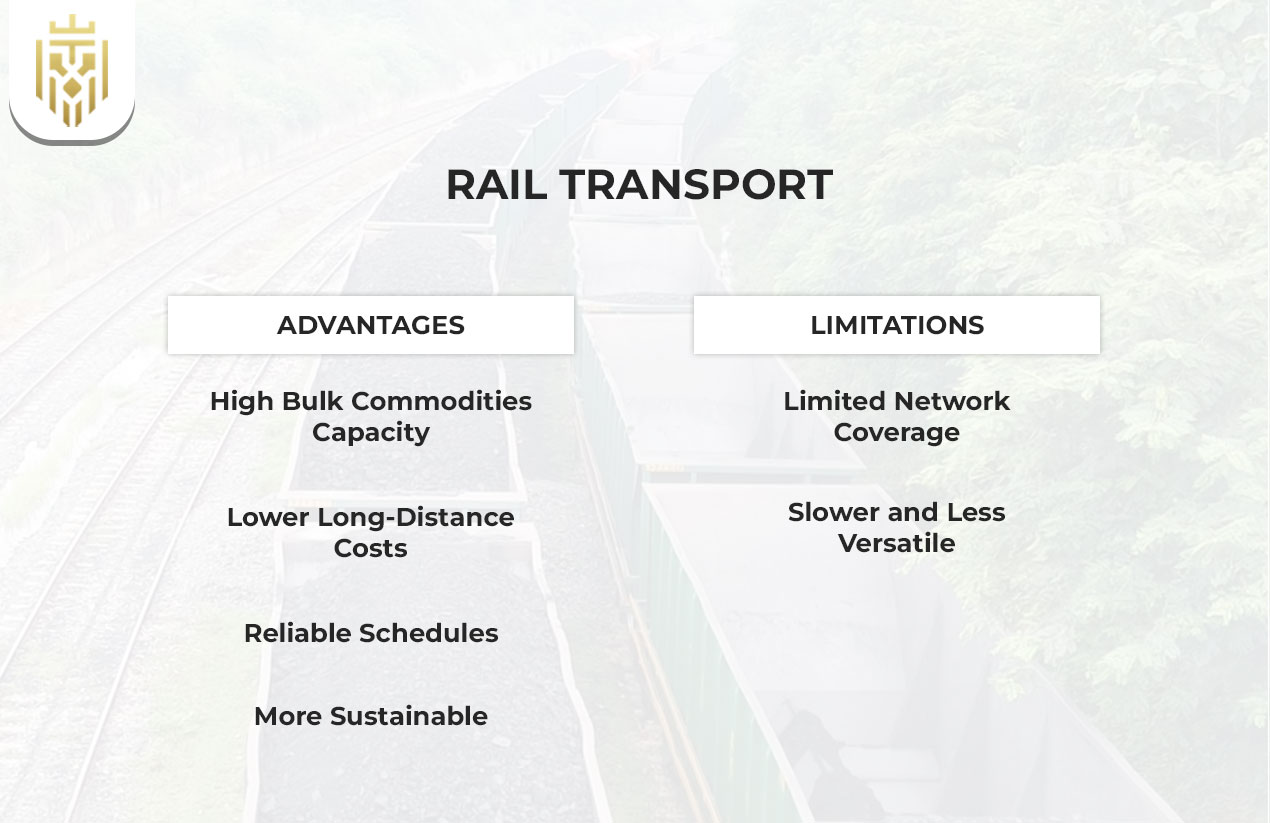
Rail transport plays an important role in transporting bulk commodities over a long distance. It is increasingly an important part of sustainable transportation. This mode enhances supply chain transportation in domestic and international trade shipping networks through cross-border rail freight and rail freight forwarding.
Advantages
The benefits of rail transport are affordability, capacity, and environmental friendliness. It is appropriate when shipping bulk cargo such as coal, minerals, and agricultural produce. Rail freight forwarding allows businesses to save money and still deliver reliably through supply chain transportation and cross-border rail freight corridors around the globe.
High Bulk Commodities Capacity
Rail transport is best at transporting bulk goods. It is used by industries to ship bulk cargo such as coal, steel, or grain. Cross-border rail freight is supported by this strength and plays a significant role in supply chain transportation costs in international trade shipping.
Lower Long-Distance Costs
Rail transport proves to be cheaper than road transport on long-distance routes. Smart rail freight forwarding helps companies to save logistics costs. This establishes supply chain transportation objectives and enhances competitiveness in international shipping of goods, particularly when dealing with large quantities of goods over long distances.
Reliable Schedules
The rail transport is on schedule as opposed to the unpredictable road transport. With rail freight forwarding, companies enjoy timely deliveries in supply chain transportation. In cross-border rail freight, this reliability provides consistency and enables rail to be appealing in international trading shipping planning across the planet.
More Sustainable
Rail transport is more sustainable as compared to road transport or air transport. Being a green mode of transport, it minimises emissions. This necessitates rail freight forwarding to ensure environmentally conscious businesses under optimisation of supply chain transportation balance cost with environmental obligation in international trade shipping.
Limitations
Rail transport has limitations that include limited networks, lower speed and lack of flexibility. It is not very flexible like road transport, but it is very reliable as a method of transporting bulk cargo. These disadvantages can impact supply chain transportation, especially with urgent or specialised international trade shipping consignments.
Limited Network Coverage
Compared to road transport, rail transport has poor network coverage. Freight forwarding by railways is subject to the availability of railway lines, which limit the route in certain areas. Such restrictions lower the efficiency of supply chain transportation and force businesses to use integrated logistics to efficiently engage in international trade through shipping operations worldwide.
Slower and Less Versatile
Trains are slower than air transport. They do not have the flexibility of a last-mile delivery, as with road transport. Although useful in the context of cross-border rail freight, these limits render rail freight forwarding less adaptable in the face of urgent supply chain transport in competitive global trade shipping markets.
Intermodal and Multimodal Transport
Combining various modes of transport in logistics are intermodal and multimodal solutions. Businesses optimise flexibility through the integration of maritime transport, road transport, rail transport, and air transport. These systems maximise supply chain transport, reinforce global trade shipping, and minimise costs and increase efficiency in global logistics.
Intermodal Transport
In intermodal transport, standardised containers are moved between transport modes such as rail freight forwarding, maritime transport or road freight forwarding without direct loading or unloading. It secures easier transportation along supply chains, less loss, and effective international trade transportation in the current global maritime trade systems and the rail systems in the country.
Multimodal Transport
The concept of multimodal transport is used when only one operator controls more than one mode. There is easier coordination of businesses between international shipping lines, road freight forwarding or air transport. This synergetic system boosts transportation within the supply chain, establishing fluid connections that promote efficiency in shipping within international trade across the world.
Benefits of Combining Transport Modes
Integration of modes of transport enhances logistics networks. Intermodal and multimodal transport offer both flexibility and cost reduction as well as facilitate sustainable transport solutions. Through the combination of cross-border rail freight and maritime transport, firms realise effective supply chain transportation that facilitates international competitiveness in global trade shipping markets.
How to Choose the Right Modes of Transport?
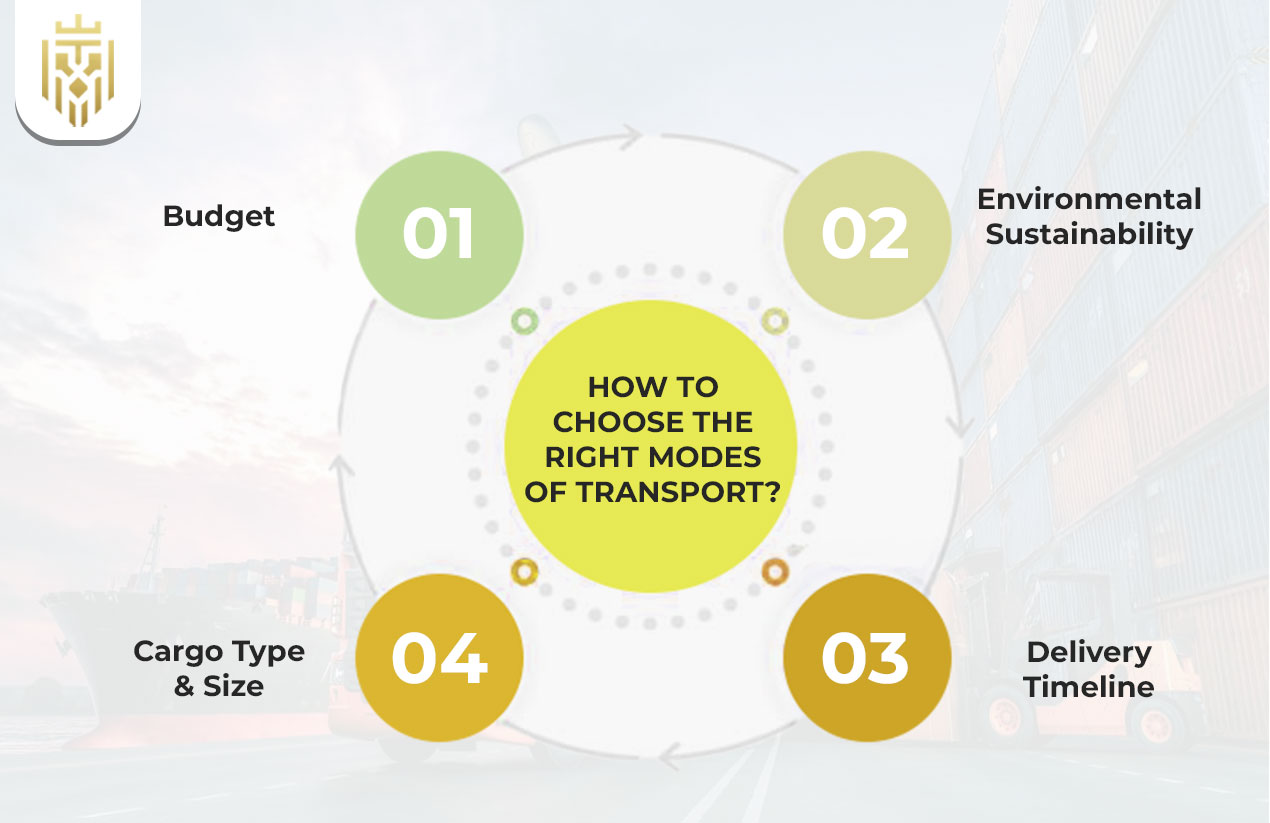
When choosing between the different transportation modes used in logistics, the correct choice is determined by cargo requirements, expenses, and sustainability. In supply chain transportation and international trade shipping, businesses consider air transport, road transport, rail transport, or maritime transport to find a balance between cost, speed of delivery, and efficiency.
Budget
Modes depend on budget as one of the factors. Whereas air transport is expensive, rail freight forwarding or shipping by sea is cheap. Cost planning provides assurance that the cost of supplying materials to the market is effective in the international trade shipping activities and that the cost is affordable yet reliable according to the needs of the various markets.
Environmental Sustainability
The sustainability of transport solutions plays a critical role in modern-day logistics.Transportation by rail is greener than transportation by air or road.To align supply chain transportation to eco-friendly strategies, businesses integrate environmentally friendly approaches to improve reputation in international trade shipping logistics across markets.
Delivery Timeline
Mode selection depends upon speed of delivery. The quickest results are guaranteed by air transport, and the cheaper but slower means is maritime transport. As part of international trade shipping, companies should align the timelines of supply chain transportation with the urgency of demand, develop a seamless experience with the customer, and manage costs associated with logistics.
Cargo Type & Size
Mode choice is considerably affected by the characteristics of cargo. Maritime transport is better when shipping bulk cargo and air transport when transporting lighter goods. Companies use road freight forwarding or cross-border rail freight to meet regional demand, enhance supply chain transportation performance, and improve global international trade shipping performance.
FAQs
1. Which transportation mode is the most cost-effective?
In international trade shipping, shipping by sea is the most economical mode of transportation, particularly when loading bulk cargo. Its inexpensive unit cost is essential to long-distance, bulk, and international maritime logistics.
2. What is the fastest mode of transportation in logistics?
The fastest is air transport, which provides rapid deliveries around the world. It helps to conduct urgent supply chain transportation and speed and reliability of the goods that are perishable or have high value in the international trade shipping networks all over the world.
3. How do businesses choose the right mode of transport?
Companies consider budget, delivery schedules, sustainability and type of cargo. Options balance speed and cost and deploy either road transport, rail transport, maritime transport, or air transport to the supply chain to achieve supply chain transportation efficiency.
4. What is intermodal transportation and why is it important?
Intermodal transport involves the combination of rail freight forwarding, road freight forwarding and sea transport by container. It helps lower the costs of handling, enhances efficiency, and facilitates the transportation of the supply chain during international trade shipping via various logistics networks.

